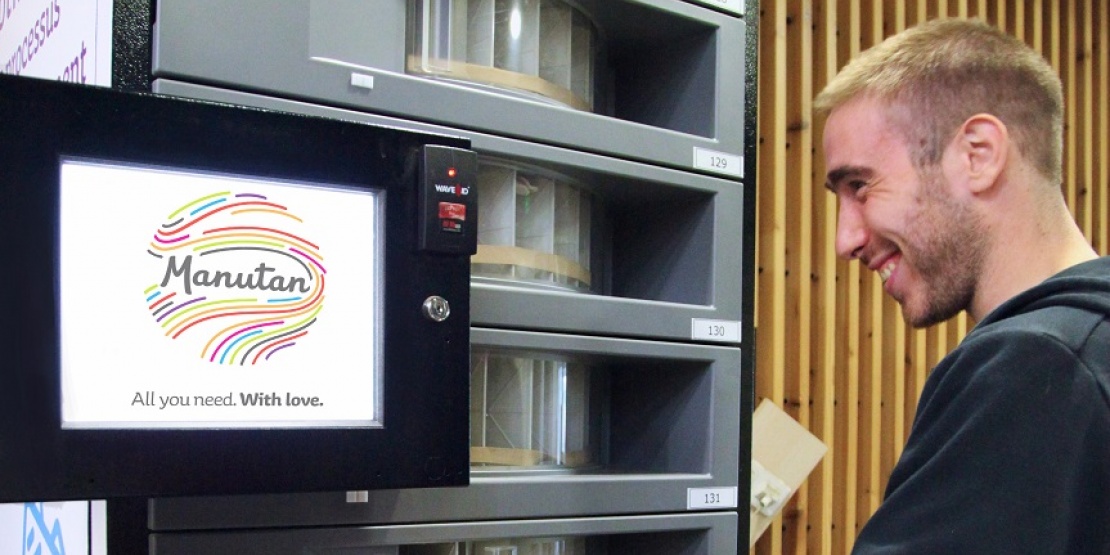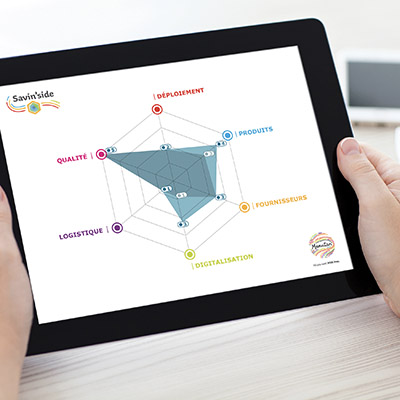Two recent studies, published by eReportsMarket and Grand View Research respectively, showed that the number of industrial vending machines being installed in businesses is increasing, regardless of the industry or region. However, differences do exist, and the fact that these two studies have published a well-researched and largely segmented investigation is a great achievement.
The significant increase in industrial vending machines(1) can be explained both by the demand to ensure that industrial equipment remains productive, something that is especially important as industries seek to eliminate production breaks, and a need for employee safety, which is particularly evident in labour-intensive industries. This growth is fuelled by the emergence of SMBs on the market, while Asia, the "world's factory", is set to overtake the United States by 2025. These two studies are essential for assessing strategic interest in industrial vending machines and successfully leading a project to install these machines on an industrial site.
Industrial vending machines: Innovative and in-demand stock management
Industrial vending machines meet business needs to optimise indirect purchasing processes. Installed according to demand as closely as possible, these vending machines give authorised individuals (identified by their badge) access to spare parts, hand tools or PPE.
High-risk industries or those with a large workforce, such as extractive industries or the energy sector, power the PPE distribution market. In these sectors, increasing personal safety requirements and stricter standards and controls have led to a requirement to provide items such as helmets, gloves and goggles. These items need to be both readily available and compliant with regulations.
Furthermore, high value-added industries such as aviation are focusing particularly on minimising delays and downtime of industrial equipment. Vending machines installed near production lines that offer an appropriate range of parts, small tools or test equipment provide an effective response to breakdown risks. The availability of essential and fully-compliant spare parts facilitate corrective or preventative maintenance operations, and avoid the temptation to postpone repairs or attempt a temporary repair using unsuitable components.
Industrial vending machines: Managing indirect purchases at the cutting-edge of technology
Using the most advanced technologies such as the Cloud, the Internet of Things or RFID, vending machines installed in warehouses or alongside production lines optimise stock management in five different ways, thanks to remote monitoring in real time, by:
- Preventing breaks in mixed-product assembly lines, where it is difficult to anticipate demand but where a lack of availability can be extremely disruptive.
- Adapting to actual use through a customised range of items, rotations depending on component type and the locations of vending machines.
- Simplifying the management of the purchasing process, both on an administrative and logistical level.
- Reducing overall acquisition costs, especially hidden costs, by greatly reducing inventories on rogue buying.
- Preventing fraud and misuse thanks to full consumption traceability.
eReportsMarket and Grand View Research: Two studies to find out everything you need to know about the industrial vending machine market
The studies published by eReportsMarket and Grand View Research both provide numerous essential statistics and informative graphics to understand the industrial vending machine market and anticipate its development, with forecasts extending to 2025. The data published was segmented according to the type of machine (carousel [space saving] or coil [easy to use]), the type of products distributed (spare parts, small tools or PPE); industry typology and geographical location. Grand View Research also adds a strategic analysis of key players in the vending machine industry to the market data.
(1) rising from 720 million dollars in 2016 to 1430 million dollars in 2025, the industrial vending machine market is set to double in 10 years (Grand View Research).









